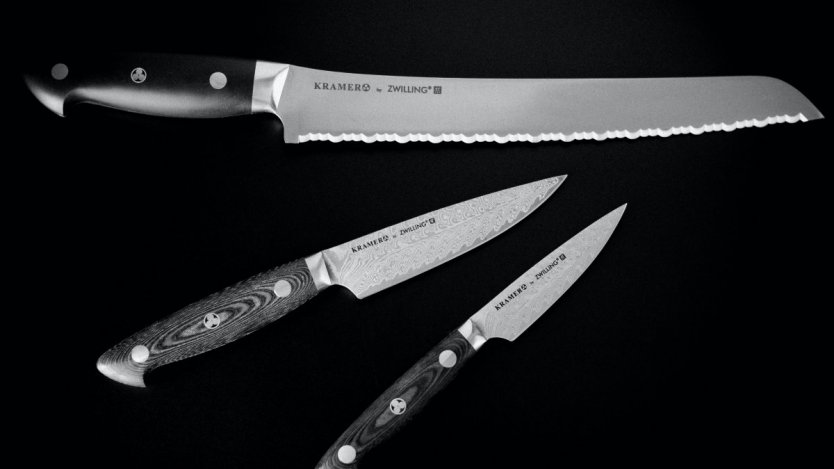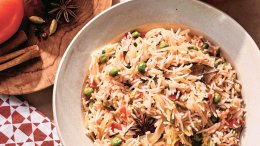A wooden knife block is a common sight in kitchens, but why do we need so many?
There are different types of knives, and each has a different purpose.
Chef's knife: Unless you have a cleaver hanging around, a chef's knife will be the heartiest in your repertoire. This knife holds weight and size, so it is a natural match for robust and large items, from fruits and veggies to meat. Additionally, the large blade size makes it a time-efficient option for things like mincing garlic. It is among the most versatile knives you will have, so treat it well.
Paring knife: A paring knife is the younger sibling of a chef's knife, with a similar shape and multi-tasking abilities, this knife should definitely be one of your most used. Where the paring knife shines is peeling and cutting when precision is critical. It is best to leave the tough stuff to the chef's knife.
Boning Knife: As the name entails, this knife is key when separating meat from bones. Its flexible nature and its long and skinny silhouette make it the perfect contender for conforming to the harsh angles that a chicken, for example, can throw at you.
Bread Knife: Although the name implies its use on bread, you want to use this long serrated knife on anything that you do not want to squish while cutting. When using a bread knife, it is essential to remember that your movement is more critical than your force. Move the blade back and forth with a light hand, and your bread or other baked goods should come out just as fluffy as before you cut it.
Cleaver: A cleaver isn't as common as a chef's knife in most people's kitchens, but if you are cutting through bones often, this is the tool for you. The cleaver is tall, square and heavy for its size, making easy work of hacking through big cuts of meat.
Cheese Knife: Unless you're a frequent flyer at the cheese shop, this knife probably sits at the back of a drawer. It often accompanies charcuterie sets and can be recognized through its holes on the blade and, sometimes, its embellished handle. These holes provide less surface area for the cheese to stick to when cutting, providing a smoother cut and easier release.













